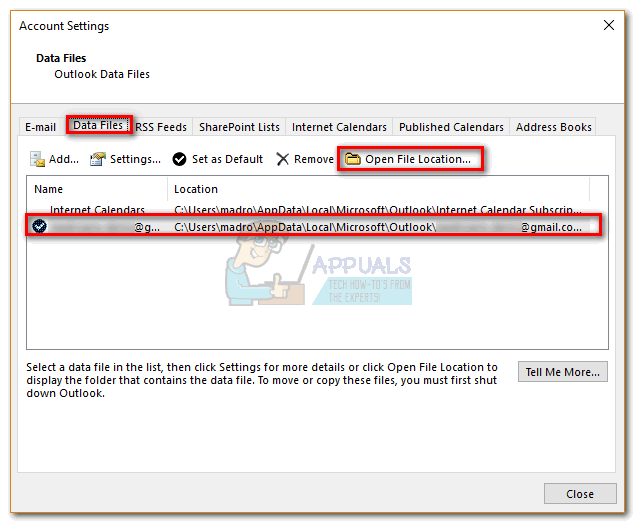
When this parameter is set on a public folder mailbox, that mailbox isn't included in this automatic load balancing and won't be accessed by users to retrieve the public folder hierarchy. For load-balancing purposes, users are equally distributed across public folder mailboxes by default. IsExcludedFromServingHierarchy: This parameter prevents users from accessing the public folder hierarchy on the specified public folder mailbox. However, if you set the DefaultPublicFolderMailbox property on a user mailbox to a specific public folder mailbox, the user will still access the specified public folder mailbox even if the IsHierarchyReady parameter is set to $False. If the parameter is set to $False, users won't use it to access the hierarchy. It's set to $True only after the entire hierarchy has been synced to the public folder mailbox.

IsHierarchyReady: This parameter indicates whether the public folder mailbox is ready to serve the public folder hierarchy to users. For more information, see Migrate Public folders from previous versions later in this topic. HoldForMigration: This parameter is used only if you are migrating public folders from a previous version to Exchange 2013. For more information, see Create a public folder mailbox. When you create a public folder mailbox, a new mailbox is created with the mailbox type of PublicFolder. PublicFolder: This parameter is used with the New-Mailbox cmdlet to create a public folder mailbox. The following parameters have been added to the New-Mailbox cmdlet to support public folder mailboxes: In the Exchange Management Shell, use the *-Mailbox set of cmdlets. In the Exchange admin center (EAC), navigate to Public folders > Public folder mailboxes. There are two ways you can manage public folder mailboxes:

Retention policies aren't supported for public folder mailboxes. Secondary hierarchy mailboxes: Secondary hierarchy mailboxes contain public folder content as well and a read-only copy of the public folder hierarchy. The public folder hierarchy is copied to all other public folder mailboxes, but these will be read-only copies.

Primary hierarchy mailbox: The primary hierarchy mailbox is the one writable copy of the public folder hierarchy. Both types of mailboxes can contain content: There are two types of public folder mailboxes: the primary hierarchy mailbox and secondary hierarchy mailboxes. The main architectural components of public folders are the public folder mailboxes, which can reside in one or more mailbox databases. To learn more about DAGs, see Database availability groups (DAGs). High availability for the public folder mailboxes is provided by a database availability group (DAG). This also means that there's no longer a public folder database. Public folder architecture uses specially designed mailboxes to store both the public folder hierarchy and the content. In Exchange 2013, public folders were re-engineered using mailbox infrastructure to take advantage of the existing high availability and storage technologies of the mailbox database. Looking for the Exchange Online version of this topic? See Public folders in Exchange Online. To browse some frequently asked questions about public folders in Exchange 2013, see FAQ: Public folders.įor more information about the limits and quotas for public folders, see Limits for public folders.įor a list of public folder management tasks, see Public folder procedures. To learn more about public folders and other collaboration methods in Exchange 2013, see Collaboration. Instead, we recommend that you use SharePoint as your documentation sharing solution. Instead, we recommend that you use In-Place Archiving in Exchange 2013 as your archiving solution.ĭocument sharing and collaboration Public folders don't provide versioning or other document management features, such as controlled check-in and check-out functionality and automatic notifications of content changes. This practice isn't recommended because it affects storage in public folders and undermines the goal of mailbox limits.

#CREATING A LOCAL FOLDER IN OUTLOOK 2013 ARCHIVE#
Public folders aren't designed to do the following:ĭata archiving Users who have mailbox limits sometimes use public folders instead of mailboxes to archive data. You must use Outlook 2007 or later to access public folders on Exchange 2013 servers.


 0 kommentar(er)
0 kommentar(er)
